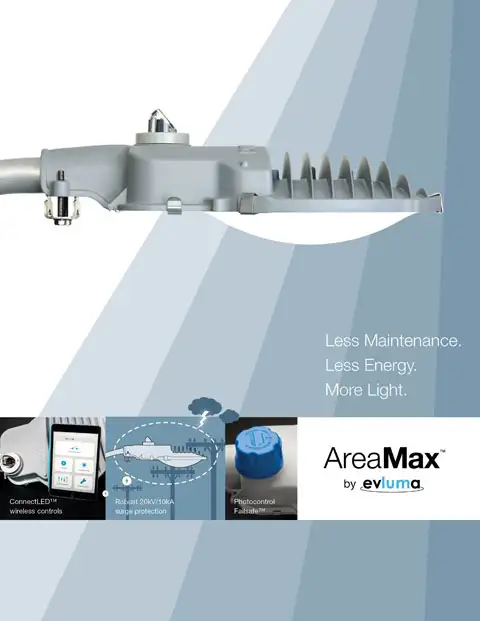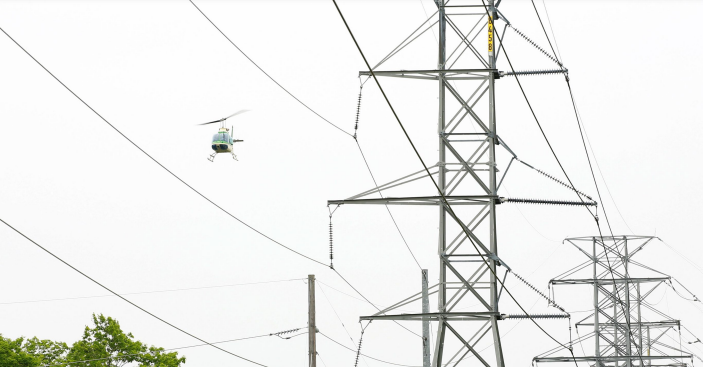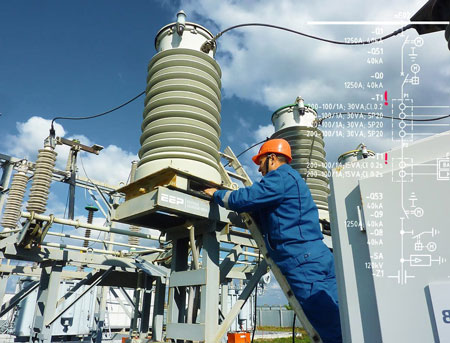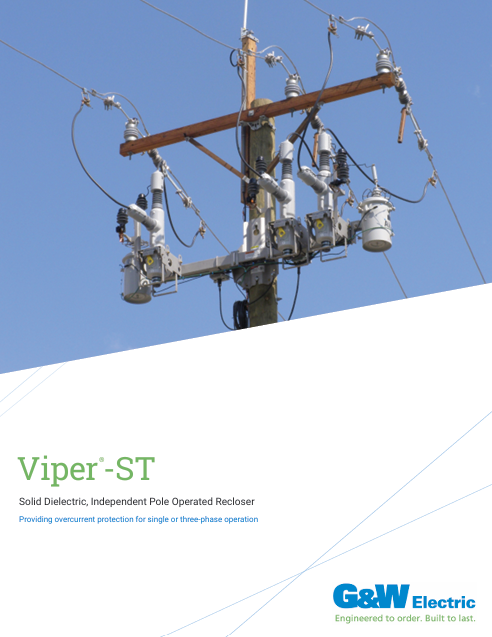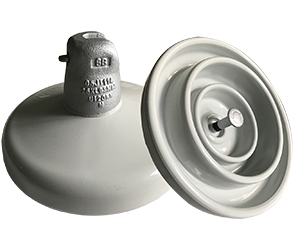OSHA 1910.333: Safety-Related Work Practices

NFPA 70e Training
Our customized live online or in‑person group training can be delivered to your staff at your location.

- Live Online
- 6 hours Instructor-led
- Group Training Available
Download Our OSHA 3075 Fact Sheet – Understanding Electrical Hazards in the Workplace
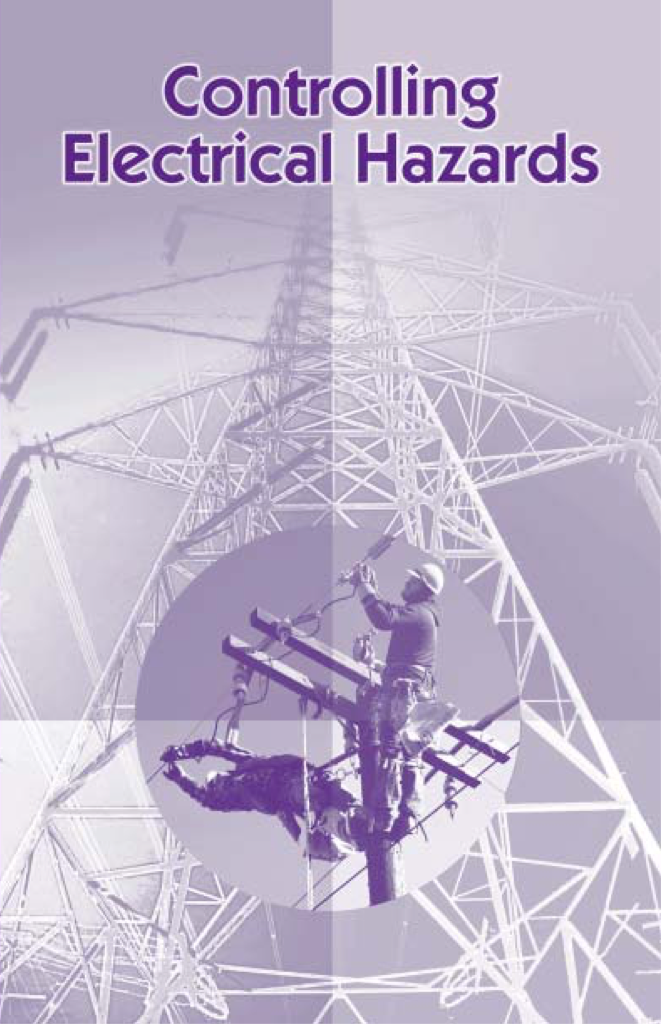
- Learn the effects of electric current on the human body
- Understand OSHA safety standards and protective devices
- Discover essential lockout/tagout and grounding practices
OSHA 1910.333 outlines safety practices for working on or near exposed energized electrical conductors and circuit parts. It ensures proper de-energization, lockout/tagout procedures, and qualified personnel requirements to reduce electrical shock, arc flash, and burn hazards.
What is: "OSHA 1910.333"?
OSHA 1910.333 is a key electrical safety regulation focused on preventing electrical injuries during work on energized systems.
✅ Requires proper de-energization and lockout/tagout procedures
✅ Defines qualifications for authorized electrical workers
✅ Aims to prevent electric shock, arc flash, and burns
Request a Free Training Quotation
OSHA 1910.333, formally known as the Work Practices Standard (29 CFR 1910.333), is a cornerstone of electrical safety in workplaces across the United States. Established by the Occupational Safety and Health Administration, this regulation outlines safety-related work practices to protect workers from electrical hazards like shocks, burns, or injuries from exposed electric parts. Whether you’re an employer, safety manager, or worker, understanding this standard is essential for creating and maintaining a safe work environment. Let’s break down its major sections and explore how it ensures workplace safety through practical measures and compliance. To understand the related procedures, see how 29 CFR 1910.147 outlines OSHA's lockout/tagout requirements.
OSHA 1910.333 Safety-related Work Practices
At its core, regulation 29 CFR 1910.333 requires that safety-related work practices be employed to prevent electrical injuries from direct or indirect contact with energized parts. These work practices must be appropriate for the nature of the work and the piece of equipment involved. Discover the differences between arc flash vs arc blast and how each presents unique hazards.
According to OSHA, live parts must be de-energized before any employee can work on or near them unless doing so would create additional hazards or is infeasible due to equipment design or operational requirements. For example, de-energizing equipment might endanger life support systems or interrupt critical industrial processes.
Test Your Knowledge About Arc Flash!
Think you know Arc Flash? Take our quick, interactive quiz and test your knowledge in minutes.
- Instantly see your results and score
- Identify strengths and areas for improvement
- Challenge yourself on real-world electrical topics
In the context of electrical safety for general industry, OSHA’s enforcement of 29 CFR 1910.333 emphasizes the importance of clearly distinguishing between qualified persons and unqualified persons when performing tasks near or on live parts. Qualified individuals must receive specific training on safe work practices, including how to recognize electrical hazards, determine minimum approach distances, and implement appropriate protective measures. These practices are critical to ensuring workplace safety, especially when operations involve energized work or proximity to exposed energized conductors and circuit parts.
To mitigate risk, OSHA mandates strict lockout/tagout procedures when servicing or maintaining de-energized circuits. These protocols ensure that energy sources are isolated and secured before work begins. However, when lockout/tagout is not feasible—such as during certain testing or troubleshooting tasks—employers must adhere to additional training requirements and provide enhanced enforcement guidance to ensure all hazards are controlled. By clearly outlining expectations for both routine operations and exceptional cases, OSHA helps organizations maintain consistent compliance and safeguard workers from preventable injuries. For a visual breakdown of approach limits, explore our arc flash boundary chart.
Major Sections
OSHA 1910.333, also known as the "Energized Equipment Work Rules" (29 CFR 1910.333), is a critical regulation established by statute to protect workers from electrical hazards in general industry. Enforced by the Occupational Safety and Health Administration, it outlines safety-related work practices to prevent injuries from exposed electric parts, such as shocks or arc flashes. This standard applies to particular circumstances, ensuring employers address risks without creating circumstances that could introduce additional or increased hazards. Below, we explore its key components, from de-energizing circuits to training workers, to help you comply and prioritize safety. Our NFPA 70E guide provides practical alignment with OSHA 1910.333 to prevent electrical injuries.
De-energizing and Verification
A cornerstone of electrical safety compliance is to ensure that every piece of equipment is de-energized before work begins, eliminating risks from live parts. Employers must shut down electrical systems unless doing so is infeasible, such as in a continuous industrial process where stopping operations could cause additional or increased hazards. Once powered down, a qualified person must verify the absence of voltage using proper test instruments, confirming the system is safe for work. This step is non-negotiable to protect workers from unexpected electrical surges.
Lockout/Tagout Procedures
OSHA 1910.333 mandates robust lockout/tagout (LOTO) procedures to secure de-energized circuits. Workers isolate energy sources and apply locks or tags to prevent accidental re-energization, a critical safeguard in complex industrial settings. Only the authorized employee who placed the LOTO device can remove it, ensuring accountability. Note that our enforcement aligns with related standards like 1910.147, reinforcing consistency across OSHA requirements are set to protect workers.
Working on Energized Systems
When de-energizing isn’t practical—such as during essential maintenance in a continuous industrial process—OSHA 1910.333 permits energized work under strict conditions. Employers must justify the need, avoiding blanket exemptions, and protect workers with safe approach distances and personal protective equipment, such as insulated gloves, arc-rated clothing, or face shields. Only qualified persons, trained to recognize electrical hazards, can perform such tasks, ensuring that safety procedures apply to particular circumstances.
Safe Approach Distances
To shield workers from arc flashes or shocks, the standard establishes minimum approach distances based on voltage levels and the level of worker training. Unqualified persons must maintain greater distances from live parts to avoid accidental contact, while qualified persons follow tailored guidelines. This focus on spatial awareness reduces risks near exposed electric components, emphasizing prevention over reaction.
Sign Up for Electricity Forum’s Arc Flash Newsletter
Stay informed with our FREE Arc Flash Newsletter — get the latest news, breakthrough technologies, and expert insights, delivered straight to your inbox.
Personal Protective Equipment
Personal protective equipment is a lifeline for electrical work. When workers face live parts, the OSHA electrical standard requires employers to assess each piece of equipment and task to provide PPE, such as rubber gloves, flame-resistant attire, or eye protection. This proactive measure ensures workers are equipped to handle potential hazards, minimize injury risks, and align with the United States government’s safety priorities. See our article on arc flash PPE requirements to ensure your workers are properly protected.
Re-energizing Equipment Safely
After maintenance, re-energizing equipment demands care. Workers must remove all temporary protective measures, clear tools, and confirm the system is ready. Only the authorized employee who applied the LOTO device can restore power, preventing errors. This structured process ensures equipment returns to service safely, closing the loop on OSHA’s safety-related work practices.
Training for All Workers
Training underpins OSHA 1910.333’s success. Employers must educate qualified persons on advanced skills for energized work and train unqualified persons to recognize and avoid electrical risks. Covering safe work practices, PPE use, and emergency protocols, training empowers workers to make informed decisions, reinforcing a safety culture. Visit our arc flash training certification page to equip your team with OSHA-compliant safety skills.
OSHA’s Guidance and Enforcement
The Occupational Safety and Health Administration clarifies OSHA 1910.333 through interpretation letters that explain how requirements apply in real-world scenarios. For instance, a letter constitutes an OSHA interpretation when it details PPE needs for a specific task. These interpretation letters clearly explain the requirements, but they cannot create additional employer obligations beyond the standard. Affected by statute standards and regulations, employers must stay vigilant, as OSHA’s enforcement adapts in response to new information, such as emerging technologies. Non-compliance may result in citations, underscoring the importance of adhering to these guidelines.
This comprehensive framework ensures that the OSHA electrical standard protects workers while providing employers with clear, actionable steps. The standard fosters safer workplaces without imposing undue burdens by prioritizing de-energizing, LOTO, PPE, and training. Discover how arc flash hazard analysis enhances risk assessments for energized electrical work.
Understanding OSHA’s Interpretation and Enforcement
The Occupational Safety and Health Administration clarifies regulation 29 CFR 1910.333 through interpretation letters explaining how the standard applies to real-world scenarios. For example, a letter constitutes an OSHA interpretation when it addresses whether certain PPE is required for a specific task. These interpretation letters explain requirements in detail, helping employers comply without guesswork. However, it’s worth noting that letters explain these requirements and their interpretation of them applies to particular circumstances, but they cannot create additional employer obligations beyond the standard itself.
OSHA’s enforcement is responsive to new information, such as emerging technologies or workplace trends. If a company’s practices deviate from the standard, OSHA may issue citations to ensure compliance. Affected by statutory standards and regulations, employers must stay vigilant to maintain a safe workplace and avoid penalties.
Why OSHA 1910.333 Matters
It isn’t just a set of rules—it’s a framework for protecting lives. Electrical hazards are among the leading causes of workplace injuries, and this standard empowers employers to create safer environments. Businesses can reduce risks and build trust with their workforce by prioritizing safety-related work practices, using personal protective equipment, and adhering to lockout/tagout protocols. Plus, compliance demonstrates a commitment to the well-being of employees, aligning with the United States government’s mission to uphold occupational safety.
Employers must ensure that all electrical work complies with the requirements of 1910.333. This means:
-
Training qualified workers on work practices standard 29 CFR 1910.333
-
Providing appropriate personal protective equipment
-
Establishing safe procedures for lockout/tagout
-
Ensuring compliance with documentation and signage rules
-
Maintaining records and justifications for energized work
Interpretation and Enforcement
Understanding the interpretation of the requirements is important. OSHA frequently publishes interpretation letters to help clarify its rules. Each letter constitutes an OSHA interpretation, but OSHA notes that these letters explain these requirements only in the context of the specific scenario presented. They cannot create additional employer obligations or carry the same legal weight as the standard itself.
Additionally, OSHA states:
“Note that our enforcement guidance may be affected by changes to OSHA rules.” This means that interpretations can evolve in response to new information or policy changes.
Employers must remain aware of changes and updates to OSHA regulations. Interpretation letters are useful tools for understanding how regulations may apply to particular circumstances, especially when dealing with complex systems or rare worksite conditions.
Tips for Compliance
To meet OSHA's electrical safety standard requirements, consider these practical steps:
-
Conduct Risk Assessments: Evaluate every piece of equipment for electrical hazards before work begins.
-
Invest in Training: Ensure that all workers, regardless of their qualifications, understand safe work practices and the proper use of PPE.
-
Stay Updated: Monitor OSHA’s interpretation letters for responses to new information that could affect your operations.
-
Implement LOTO: Use robust lockout/tagout systems to secure de-energized circuits.
-
Audit PPE: Regularly check that personal protective equipment meets OSHA standards and is suitable for the task.
OSHA 1910.333 is a vital tool for safeguarding workers from electrical dangers in the general industry. Outlining clear safety-related work practices helps employers navigate the complexities of energized and de-energized systems while minimizing additional or increased hazards. From lockout/tagout to PPE and training, the standard’s major sections work together to create a safer workplace. Stay informed, leverage OSHA’s interpretation letters, and prioritize compliance to protect your team and uphold the values of the Occupational Safety and Health Administration.
Explore More Arc Flash Topics:
Explore our Arc Flash Training Programs or contact us to Request a Free Training Quotation for group safety sessions and PPE consultation.







